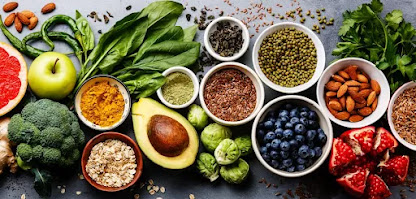Use of Toothbrush Exceeds More Than Three Months
Despite the recommendation to replace toothbrushes every two months, the majority of consumers keep their toothbrushes for more than three to four months. Change brushes often to keep your teeth clean and prevent gum infections. Also, the average person brushes their teeth for only 48 seconds per day, despite dentists' recommendations to spend at least 2-3 minutes doing so.

Don’t Share Your Toothbrush!
Normally, it's not a good idea to share a toothbrush. Even if your significant other doesn't appear to be ill, using a toothbrush with them can spread bacteria that can make you sick. The healthy human mouth is home to around 700 different bacterial species. These species can be found throughout the mouth in various places.
Sharing is not caring in all situations!
Bamboo Toothbrush Trends Are Reappearing
Even though the humble toothbrush has spent a long time switching from natural to artificial materials, it is now being returned to its original form. Natural and eco-friendly alternatives to plastic are becoming more and more well-liked as people become more aware of the connection between health, plastics, and the environment. Together with an increase in attempts to protect nature, there is a growing public demand for eco-friendly goods and services.
Looking for a Dentist in Ahmedabad, Gujarat?
You can ask your dentist for advice on maintaining proper oral hygiene and tooth-brushing techniques. If you need any assistance, contact Teeth Care Centre Dental Hospital.

.jpg)



